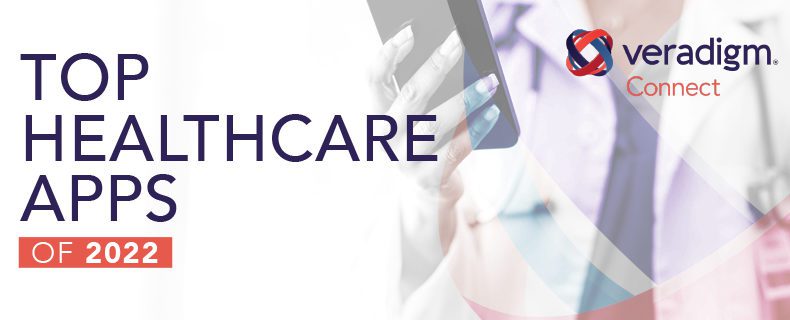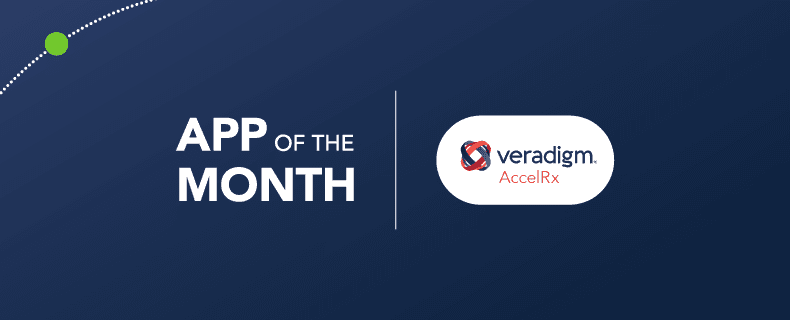Blog Posts
Effective Financial Management to Guide Your Practice Through Uncertain Times


Current financial times are extremely challenging for today’s healthcare practices. They face increasing difficulties with staff recruitment and retention, rising overhead costs, and patients who are having greater difficulties paying. Staff shortages mean Accounts Receivable (AR) often increases with fewer people to check eligibility, process claims, and manage denials. The resulting work backlog can easily overwhelm your staff.
The growing list of challenges can leave a practice floundering for answers—but that doesn’t have to be the case. Keep reading for some best practices to help your organization deal more effectively with uncertain financial times—best practices to help you to maximize practice efficiency and create a clear plan for effective financial management.
Best Practice #1: Maximize efficiency
Your first best practice is to maximize practice efficiency where possible. One key strategy is to optimize provider schedules. With flexible scheduling options, practices can prioritize appointment types, reduce no-shows and last-minute cancellations, and make sure providers stay the right kind of busy.
You can also maximize efficiency by evaluating practice workflows: Make sure you are using a single, integrated platform to handle both clinical and financial practice data. For instance, it’s critical for all your billing to be handled through a system directly integrated with your Practice Management (PM) and electronic health record (EHR) systems. Otherwise, staff will need to double-enter data, decreasing efficiency and introducing opportunities for error.
Using a single solution, such as Veradigm Practice Management, to handle all workflow steps reduces costs and increases operational efficiency. Veradigm PM can help you boost practice productivity by handling scheduling, collections, claims, and denials management with a single solution. Its integrated medical billing system automatically verifies eligibility. Integration with the EHR allows you to easily create “superbills” that automatically pull information directly from patients’ chart notes, reducing double data entry and increasing accuracy. Veradigm PM can also help minimize errors and increase efficiency with automated, customized claims management workflows, which enable you to review and resolve claims before submission.
Veradigm PM and Revenue Cycle Services (RCS) can also help you automate workflows to improve resource productivity. Office staff can automate processes such as claim processing, statement generation, and collection letters, which can significantly reduce their manual work.
Best Practice #2: Benchmark productivity
Another best practice is benchmarking your staff’s productivity. The benchmarking process allows you to evaluate whether your practice is doing well and, if not, helps you identify areas for improvement.
Successful benchmarking has several key components:
1. Standardize workflows
Before you can identify specific measures to track, evaluate, and potentially improve, you must first standardize how your staff operates. You can compare their efforts only when staff members use the same workflows.
2. Measure key performance areas
Next, you need to identify and track data that can help you evaluate your staff’s performance, such as:
- Days charges spend in AR
- Charge lags
- Number of payments posted in a day
If your existing PM system does not already provide the data you need, you may need to request analytics from your vendor. You need the ability to observe trends in your staff’s performance to identify what processes are working and what are not; then, you need to incorporate some sort of feedback loop to integrate improvements.
3. Identify suitable benchmarks
Successful benchmarking also requires “benchmark data” from an independent source for comparison. This data needs to be something besides your previous performance; you don’t simply want to measure yourself against how you were doing last month or last year. You want to measure yourself against your theoretical best performance.
Benchmarking data can be sourced from specific professional organizations, such as the American Orthopaedic Association or the American Academy of Pediatrics, or a broader type of organization, such as the Medical Group Management Association (MGMA).
The end goal is to use this data, alongside data collected from your practice, to increase visibility into your practice’s performance.
Best Practice #3: Manage payer contracts
Another key best practice is ensuring you have all your payers’ most recent contracts—and then putting that data to use.
You start by uploading payers’ current fee schedules and contractual allowables into your PM platform. This enables you to track deviations when processing claims payments. Although you can write off small amounts, more significant deviations should go into a queue for follow-up and adjudication.
With Veradigm PM, integrated analytics enable you to evaluate other aspects of your payer contracts as well. For instance, what utilization are you getting for your managed care contracts? Managed care contracts provide your practice with fixed monthly payments. Analytics enable you to answer the question of the value of services you deliver for those contracts. You can evaluate how well you are being paid for different contracts with respect to how much each payer is utilizing your services.
Best Practice #4: Effective denial management
Implementing effective denial management strategies will help you resolve existing denials and prevent future denials. These include:
1. Get ERAs (electronic remit advice) electronically
Your first step for effective denial management is to try to get 80% to 90% of your ERAs electronically. An ERA is the health plan’s explanation of claim payments, reporting reasons for each adjustment and the value of each adjustment. Contact payers who are still providing ERAs in paper form to see what it would take to convert to electronic.
This is a critical step because electronic posting is essential for effective denial management. ERAs for denials include reason codes, amounts, and Group Codes, which assign financial responsibility for the unpaid portions of claim balances. For example, the CO (Contractual Obligation) Group Code assigns responsibility to the provider; PR (Patient Responsibility) assigns responsibility to the patient. Once you identify those with the CO code, you can post those contractual adjustments to your system and use analytics to categorize them.
2. Categorize denials & create feedback loops
Categorizing the different types of denials is crucial because it enables you to pinpoint the practice areas—such as the front desk, eligibility, providers, or coders—responsible for those denials. For instance, once you identify denials caused by incorrect coding, you can return them to the physician or their coder for corrections.
If you don’t categorize denials, they are usually addressed via a less efficient process: The billing office receives a denial, takes the time and energy (and associated cost) to rework and resubmit it, and the denial’s original source is never addressed. Without a feedback loop to prevent the issue’s recurrence, the same error appears the next month, the month after, and so on. Each denial is reworked at a cost of $20 per iteration without ever being corrected.
By categorizing denials and using root-cause analysis, you can create feedback loops and initiate process improvements. This enables you to decrease denials and process cleaner claims, helping ensure faster payments and a more seamless cash flow.
Veradigm: End-to-end solutions
Veradigm has the tools to start utilizing these best practices—tools to help you begin future-proofing your practice. Veradigm Revenue Cycle Services includes the following tools to support your practice:
- Veradigm Practice Management—Maximizing operational efficiency with scheduling, collections, claims, and denials management
- Billing Automation System—Maximize efficiencies while reducing patient bad debt and recovering payments
- Staff Augmentation—Supplement your current workforce with highly-trained billing experts, freeing staff for other priority tasks
- Veradigm Revenue Cycle Analytics—Gain the valuable insight needed to make better business decisions
- Rules Manager—Improve charge entry efficiency, and minimize rework involved in denials tied to errors in the charge entry process
- Officer Manager—Improve scheduling and registration to maximize provider schedules
Veradigm Practice Management can help boost your practice’s productivity with the following solutions:
- Veradigm Practice Management—Boosting practice productivity with a comprehensive revenue cycle management solution
- Integrated Medical Billing—Receive payment faster with flexible billing options that meet your needs
- Patient Financial Assistance—Know about financial assistance programs at the point of care
- eChart Courier™–Send/receive medical records electronically
- Veradigm FollowMyHealth—Patient engagement secured with Veradigm FollowMyHealth
- Veradigm Payerpath—Support the success of your practice with a comprehensive suite of revenue cycle management solutions
Veradigm’s integrated end-to-end solutions can help your practice to harness the best practices mentioned above. Reach out today to speak with a Veradigm Account Executive to learn more about how Veradigm’s solutions can help you meet your practice’s goals; or download a graphic to optimize your revenue cycle process!










